In this age of fast travel and instant digital communications, we tend to forget that not so long ago, distances were subjectively very different.
Get Started for FREE
Sign up with Facebook Sign up with X
I don't have a Facebook or a X account
 Your new post is loading... Your new post is loading...
 Your new post is loading... Your new post is loading...

olsen jay nelson's comment,
August 16, 2012 7:46 AM
This is just what I've been looking for, believe it or not:-)

Paul Rymsza's comment,
August 22, 2012 2:15 PM
the potential of this site is amazing between the interactive learning system and the correlation between the timeline and location. If the human geography class is anything like this i can't wait for it!
|
Joshua Lefkowitz's curator insight,
January 15, 2014 11:13 PM
This sounds really intruging to me; I have heard of astroarchiology before in the aplication of finding undiscovered large objects (cities, towns sttlements) by using satellites to map deviations in teh earths surface accurately enough to distingush structures like a building foundation. I just find this sort of thing fascinating. I am still in awe that this dort of thing is possible.

Matthew Rowland's curator insight,
April 18, 2013 12:35 AM
cool feature to google Earth... Too bad it can't go further back than 1995

Rebecca Farrea's curator insight,
November 8, 2013 9:16 AM
Neil MacGregor, the Director of the British Museum, explains Middle Eastern history using the Cyrus Cylinder. His first point in this TED talk is especially interesting because he explains that people age and perish and objects do the same, but objects such as this cylinder survive and are able to tell important stories of history for a much longer time than people normally can. |






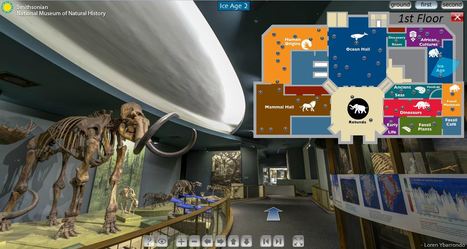
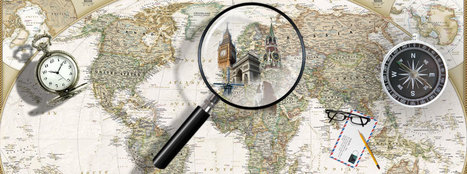
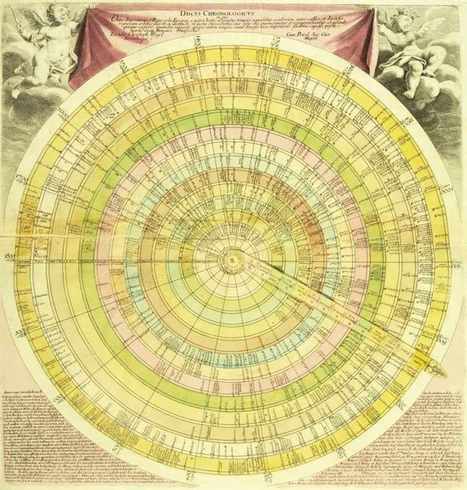

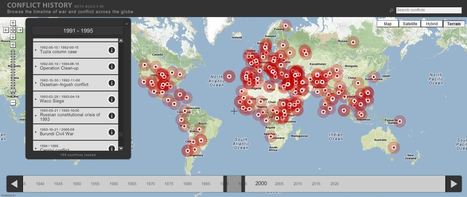

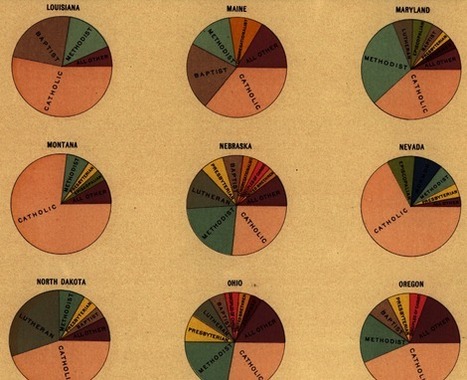



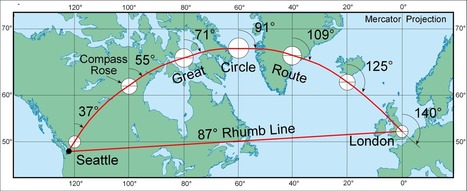
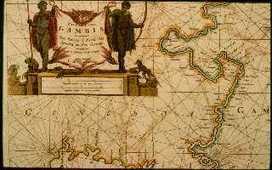
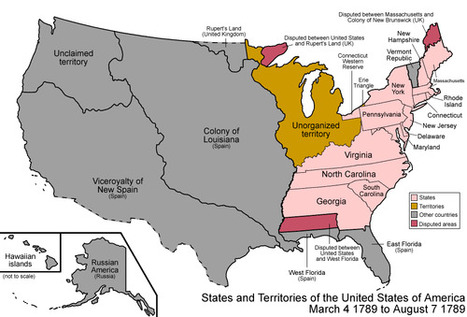





"This series of maps shows the great leaps and bounds that were made during the 19th century in transportation technology in the United States. This impacted population settlement, economic interactions and functionally made the great distances seem smaller. This is what many call the time-space compression; the friction of distance is diminished as communication and transportation technologies improve.
Questions to Ponder: When someone says they live "10 minutes away," what does that say about how we think about distance, transportation infrastructure and time? How is geography still relevant in a world where distance appears to becoming less of a factor? "
With the development of modern equipment useful in maneuvering around the world, the time it took those living in the 1800's has been reduced to getting anywhere around the world with time spanning from 30- 24hrs. This of course has been made possible due to the development of roads, better boating constructions and air travel.
Since 1800 the rate of travel has increased exponentially through the years. From the very beginning of travel, it would take close to a week just to get from the east coast to the middle of the United States. Through the use of railroads we have overcome the "time" factor and essentially eliminated it from playing a role in the way we travel. Today's advances in transportation has made seeing others much easier and most importantly it has developed a connected world that allows for transport of goods and services possible to such an extent that as citizens of the United states we are able to access almost anything we need from a day to day basis. A technology like this will continue to expand and grow to make the life of people that much easier.